
IoT/M2M Connectivity
At POND IoT, we make it easy for devices to work together.
Whether you’re running a global business or a local project, our solutions help your devices stay connected and share information. This is what Internet of Things (IoT) and Machine-to-Machine (M2M) connectivity means—getting devices to communicate and work efficiently.
With our Multi-Carrier SIM and Network as a Service (NaaS), we offer solutions tailored to your business.
What You Get With POND Services
POND IoT's Advantages
With POND IoT, staying connected worldwide has never been easier. Our solutions provide:
- Global Coverage: SMART SIMs work seamlessly in over 200 countries, ensuring reliable connectivity wherever you operate.
- Custom Data Routing: Control how your data flows to enhance efficiency and security.
- Easy Integration: Our APIs are designed to work with your existing systems, making setup quick and hassle-free.
- Faster Performance: Direct network access eliminates delays caused by third parties, delivering low-latency connectivity.
- Reliable Infrastructure: Backup systems across multiple locations ensure your connection stays strong, even during disruptions.
- Simplified Management: Tools for SIM card monitoring, usage tracking, and billing make operations smooth and efficient.
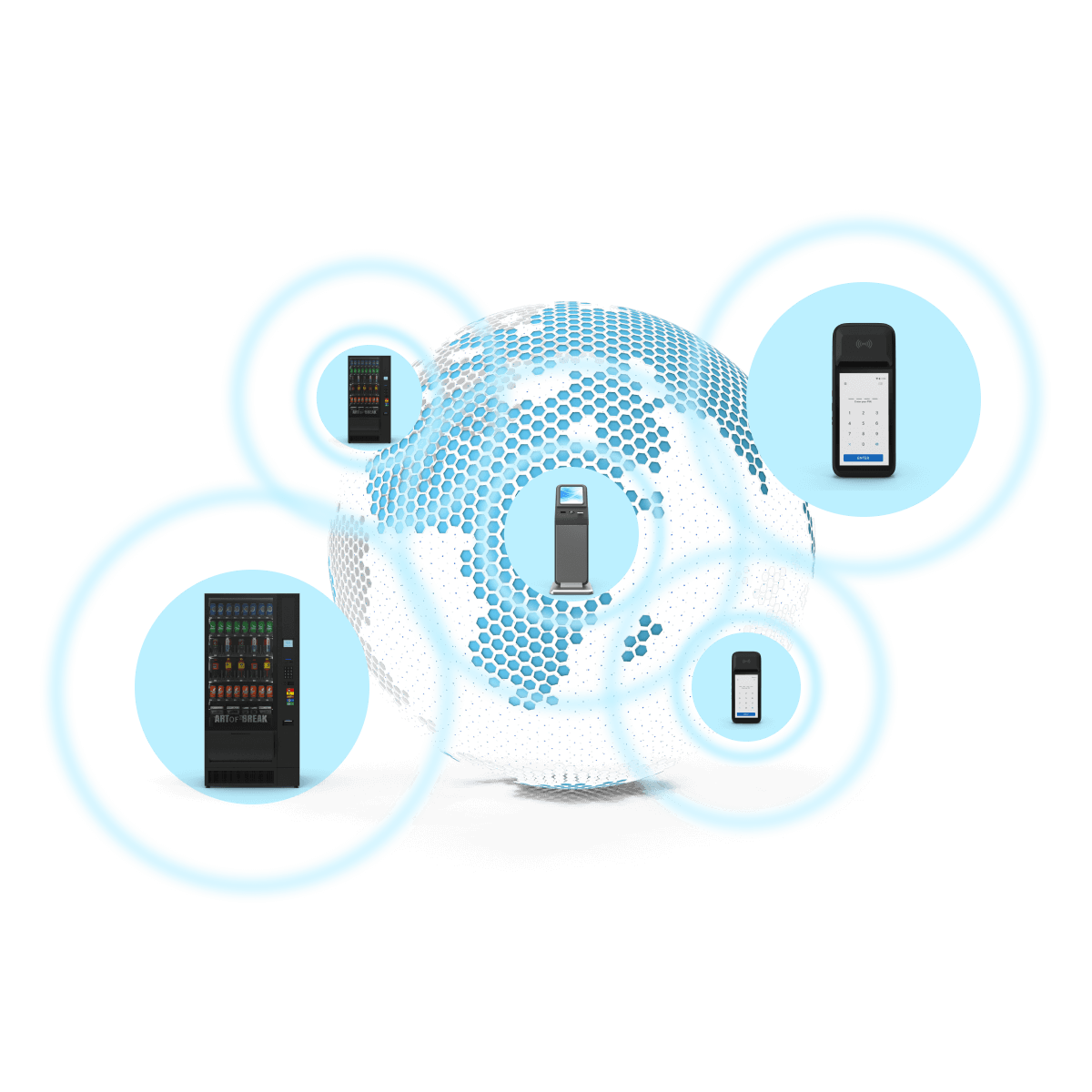
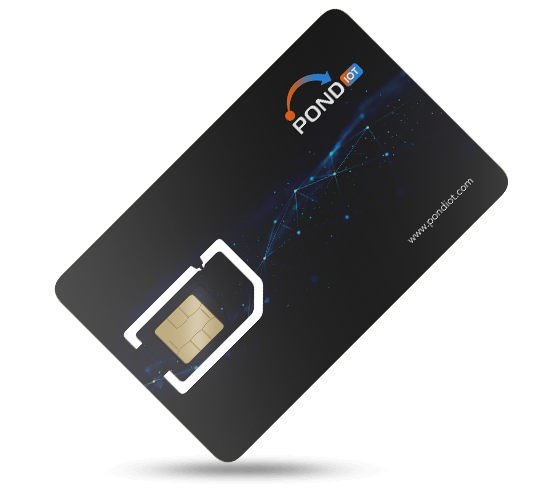
Global Connectivity With Multi-IMSI SIM
Stay connected with confidence using our Multi-Carrier IoT SIM:
- No Downtime: Automatically switches to the strongest network available.
- Flexible Terms: No minimum contract length, giving you the freedom to scale.
- Future-Proof: Designed to work reliably for years to come.
- Wide Compatibility: Supports 2G, 3G, 4G, LTE-M, NB-IoT, and 5G.
- Global Reach: Access over 800 networks in 200+ countries.
Want a smarter solution? Check our eSIM options today!
Network as a Service (NaaS)
Network as a Service (NaaS) allows businesses to rent or subscribe to networking services instead of owning and managing the infrastructure themselves. It’s a flexible, scalable, and cost-effective solution for deploying and managing networks without the complexity of building them from scratch.
At POND IoT, our NaaS offering takes this concept to the next level by providing:
- Private LTE Networks: Deploy a secure, private network with a customizable portal.
- Custom Coverage: Get coverage designed to meet your unique needs.
- Full Control: Manage network access and set priorities for devices.
- Improved Security: High-security networks to minimize cyber risks.
- Hassle-Free Maintenance: Planned upgrades and maintenance are included.

Need Tailored Solutions?
-1.png)
Multi-IMSI Connectivity for Cellular IoT
Internet of Things (IoT) connectivity is evolving faster than ever. As the world changes, businesses need smarter and more flexible ways to keep their devices connected. Moving beyond traditional methods has become essential to meet the growing demands of today’s connected world.
Multi-Network Connectivity
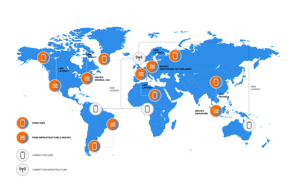
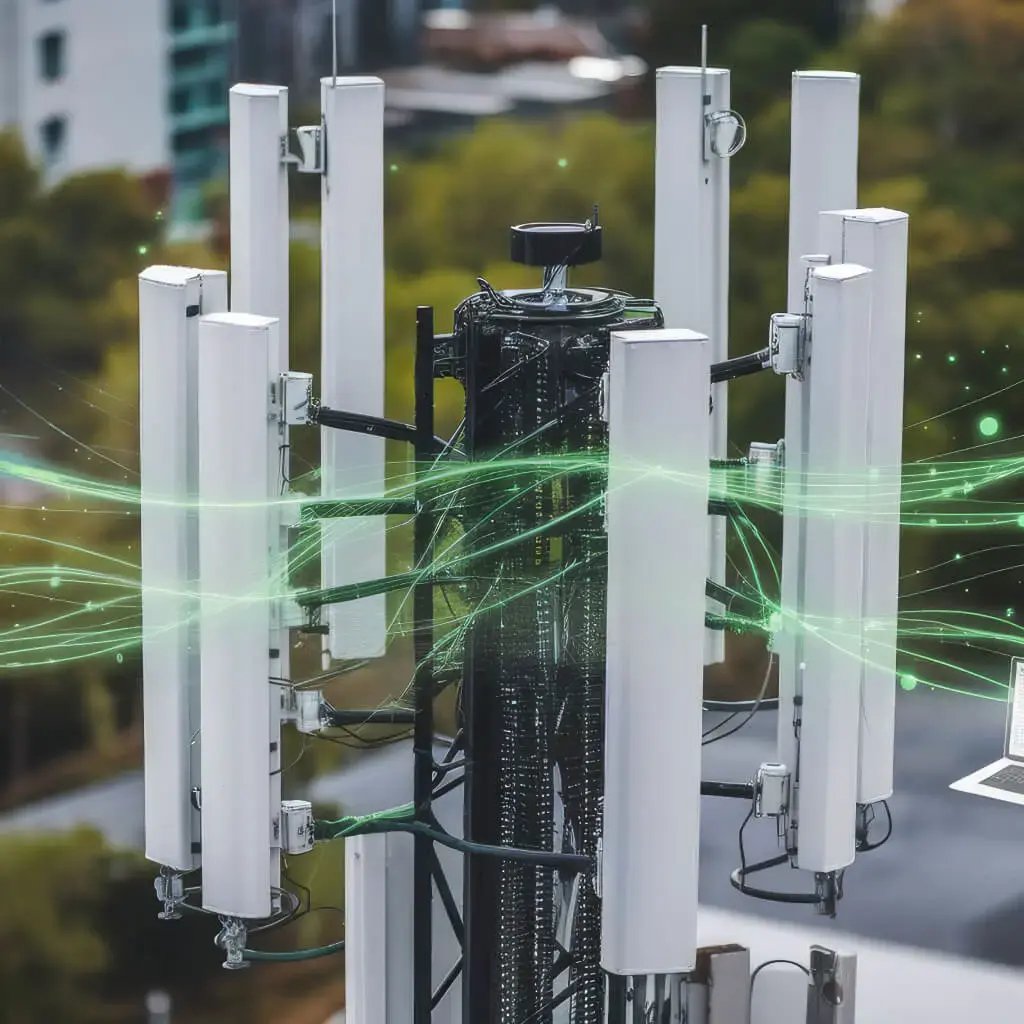
Reliable Network Management
Ensure your IoT and M2M devices stay connected and operate smoothly with solutions designed for reliability and efficiency:
- Global APNs for Stability: Reliable connections with global backup infrastructure to reroute data seamlessly during outages.
- Multi-IMSI Profiles: Access 26+ IMSI profiles for local networks worldwide. Quickly restore connectivity by switching profiles in case of network failure.
- Two-Way SMS Support: Send SMS alerts globally with SMPP Bind and device number allocation.
- eSIM Flexibility: Easily deploy and manage IoT devices with eSIM support.
- POND Multi-Carrier SIM (SMART SIM): Automatically connects to the strongest available network, eliminating the need for manual SIM swaps.
World-Class Support & Management Services
Experience exceptional support and tailored services to keep your operations running seamlessly:
- 24/7 Global Support: Our call centers operate in 5 languages with experienced Tier 3 staff, resolving 98.7% of issues on the first call. Follow-up is guaranteed for unresolved cases.
- Dedicated Account Managers: Tailored support for your IoT and M2M needs, assisting with billing, sales, or technical issues.
- Access to Leadership: Direct access to C-Level management for escalations and custom solutions.
- Simplified Billing: Clear and concise bills with detailed options available, plus quarterly account analysis for cost optimization.
- Local Offices Worldwide: On-the-ground support in key regions, including the US, UK, Germany, Dubai, and Ukraine.

Key Information You Want to Know about M2M Connectivity
Machine-to-Machine (M2M) communication lets devices talk to each other without needing people to get involved. It’s an essential part of how the Internet of Things (IoT) works. By connecting machines, IoT devices can share information, work together, and make decisions using real-time data.
Key Features of M2M Communication:
- Autonomy: Devices can perform tasks and respond to each other automatically, without human input.
- Connectivity: Devices connect using the Internet, Bluetooth, Wi-Fi, or other methods.
- Real-Time Data Sharing: Information is sent instantly, allowing devices to work together and perform automated tasks efficiently.
This technology is becoming more important in many industries, improving efficiency and enabling new solutions in areas like healthcare, manufacturing, and smart cities. M2M connections power systems from smart home devices, like thermostats, to advanced industrial equipment.
What is M2M Communication?
M2M (Machine-to-Machine) technology enables two devices to talk directly to each other without human involvement. It’s often used in industries like manufacturing, where machines need to work together to complete tasks automatically. These systems are typically set up with direct, one-to-one connections between devices.
What is IoT?
IoT (Internet of Things) takes M2M a step further by connecting many devices into a larger, smarter network. These devices can share data, analyze it, and make decisions without needing people to step in. IoT uses internet-based networks, making it easier to scale and connect across different devices, platforms, and environments.
Key Differences Between M2M and IoT:
- Connections: M2M is about two devices communicating directly, while IoT connects a whole network of devices, often globally.
- Technology: IoT uses the cloud to store and analyze data, making it smarter and more flexible. M2M is simpler and more focused on the hardware.
- Application: M2M is great for specific tasks in predictable settings like factories. IoT works in more dynamic environments, like smart homes or cities.
This technology offers several ways to connect devices, such as cellular networks, Wi-Fi, Bluetooth, Zigbee, and LoRaWAN. Each option has its strengths and weaknesses, and the best choice depends on your specific needs.
Cellular networks are popular for their wide coverage, reliability, and security. They allow devices to connect to the internet from almost anywhere, including remote areas. They’re also scalable, making it easy to add more devices. However, cellular connections can be expensive, and data costs can add up quickly.
Wireless networks are a a great choice for indoor applications like smart homes. It’s fast, affordable, and reliable but has a limited range, making it less suitable for outdoor or large-scale projects.
Bluetooth and Zigbee are low-power, short-range options ideal for smart home and industrial devices that need quick, real-time communication. While reliable and efficient, they don’t work well for larger networks due to their limited range.
LoRaWAN is designed for large-scale projects like smart cities or industrial sites. It’s easy to expand by adding more devices, but it’s slower than other technologies and can be costly to set up.
In summary, M2M connectivity is crucial for IoT systems, enabling devices to share information instantly. Choosing the best option depends on factors like range, cost, reliability, security, and scalability. As IoT grows, new technologies and standards will continue to improve Machine-to-Machine connectivity to meet evolving needs.
M2M connections enable devices to share data automatically, making them a key part of IoT systems. To ensure efficient and reliable communication, specific protocols are used, especially for low-power devices that need to run for a long time.
Key Protocols in M2M Communications:
-
MQTT (Message Queuing Telemetry Transport):
A lightweight protocol designed for devices with limited power and processing capabilities. It works well even on unreliable networks. -
OMA LWM2M (Open Mobile Alliance Lightweight M2M):
This protocol is ideal for managing and controlling large numbers of battery-powered devices. -
CoAP (Constrained Application Protocol):
Designed for simple devices, CoAP allows small sensors and machines to communicate efficiently using standard web technologies.
These protocols are all focused on minimizing power use while ensuring reliable communication, enabling devices to work independently and efficiently for long periods.
Machine-to-Machine connections make it easier for devices to share data automatically. Here’s how they function:
Basic Functionality
M2M systems collect data using sensors and send it through public networks like cellular or Ethernet. These widely available networks help keep M2M technology cost-effective.
Key Components of M2M Systems:
-
Sensors:
Sensors collect information like temperature, light, or pressure. For example, an ATM sensor can detect when cash is running low and trigger a refill request. -
Communication Links:
These are the connections (like Wi-Fi, cellular, or RFID) that transfer data from the sensors to a central system. -
Computing Software:
The system’s software processes the data and acts automatically based on set rules. For example, it might send an alert, adjust a setting, or start a process—no human input needed.
Related Resources




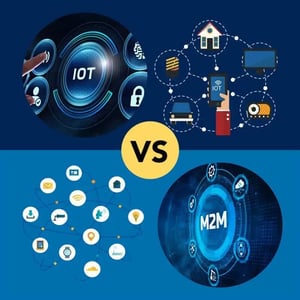
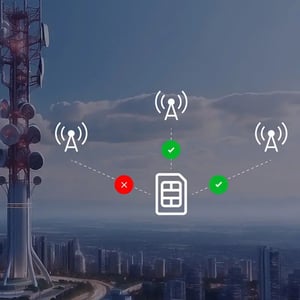


-1.png?width=900&name=Multi-IMSI_1200x1200%20(1)-1.png)